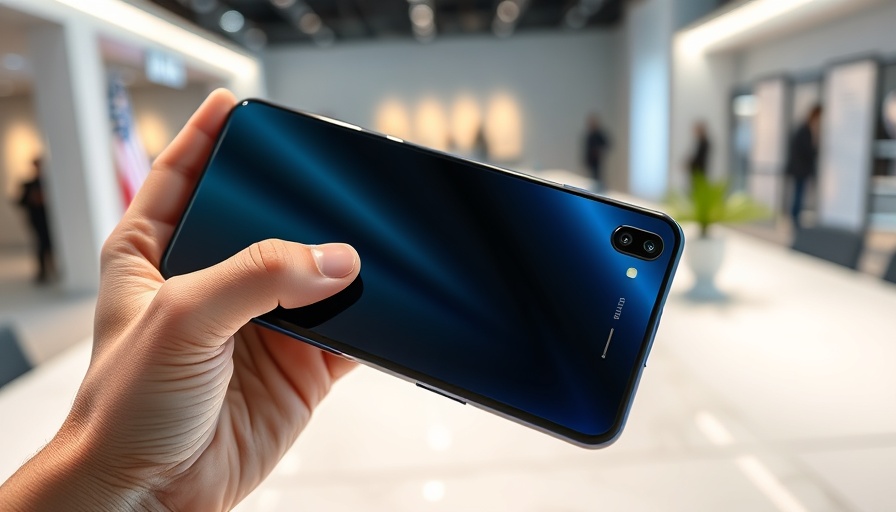
Unlocking the Future: What Does a Brainlike Computer Mean for Us?
Imagine a computer powered not just by silicon, but by living human brain cells. Meet the Cortical Labs CL1, a groundbreaking biological computer that uses 800,000 actual neurons. For just $35,000, this unique machine is changing the landscape of consumer technology, with the ability to run computer code directly on living cells. The idea? To foster artificial intelligence that could potentially outsmart our human minds.
How Biological Computers Operate
The CL1 is an example of 'wetware,' a marrying of biology and technology where neurons are not just passive components, but active participants in computing. The founder of Cortical Labs, Hon Weng Chong, believes that because real brains exhibit true intelligence, leveraging this biological component could create smarter AI systems. Notably, while traditional computer chips simulate how the brain works, they lack the depth provided by actual brain cells.
The Trade-Offs of Living Technology
However, with innovation comes inevitable trade-offs. The neurons in the CL1 last about six months, necessitating regular maintenance – including nourishment, temperature management, and waste disposal. Unlike traditional silicons, where longevity is often cited as a primary benefit, biological computing introduces a new layer of complexity and care.
The Future of AI and Human-Machine Interaction
As we embrace these advancements in consumer technology, we must ponder the implications. Could biological computers make AI more human-like or even capable of consciousness? The boundaries are not clearly defined, leading to both excitement and ethical ponderings about where this technology could take us. As these machines develop, so too must our conversations around their usage and integration into society.
 Add Row
Add Row  Add
Add 




Write A Comment